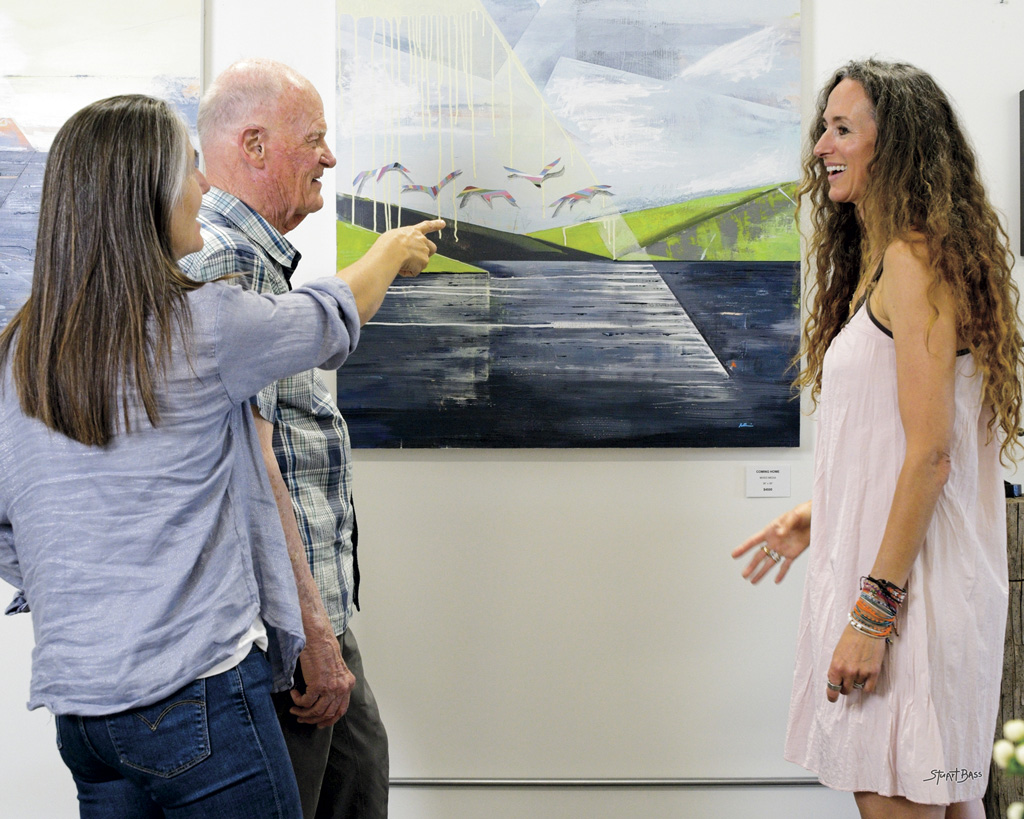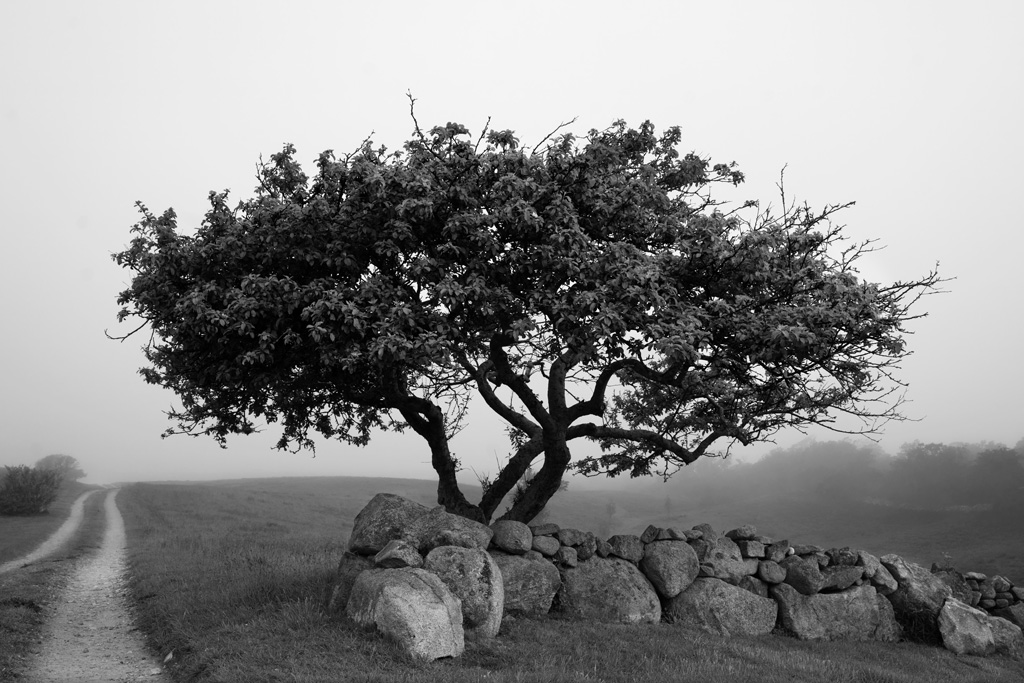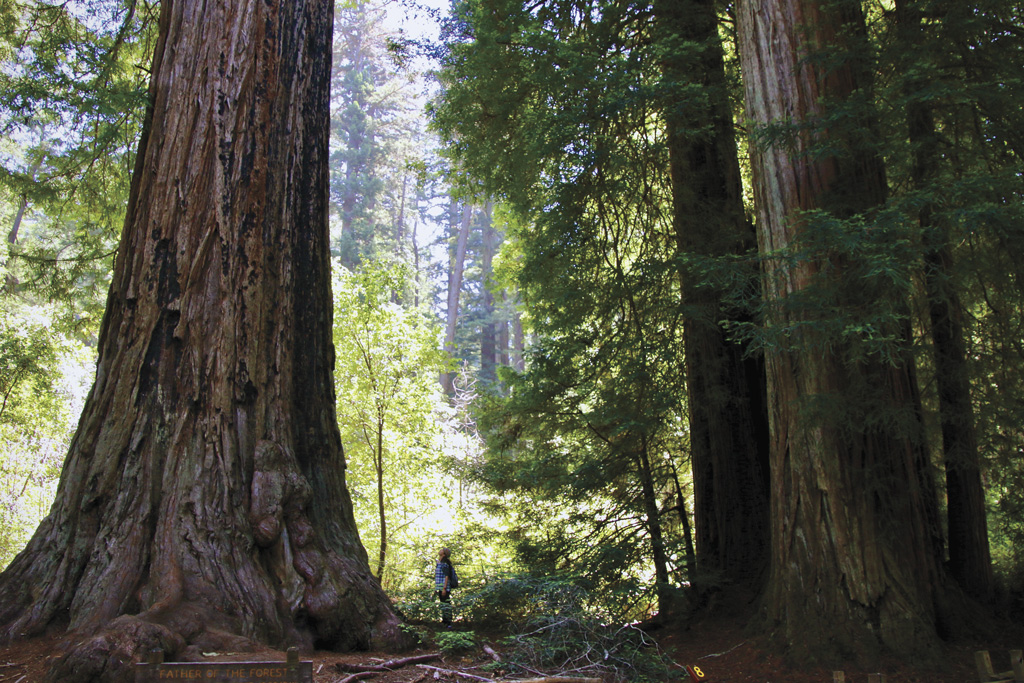Culture
Celebrating an Exquisite Art Form With Marin Bonsai Club
 Jay McDonald’s home (Photo by Tung X. Dao)
Jay McDonald’s home (Photo by Tung X. Dao)For those with green thumbs, there’s nothing more satisfying than tending plants, perhaps especially the ones that exist primarily for decorative purposes. Among the most famous of aesthetically pleasing plants are bonsai trees.
The love for cultivating these tiny trees has spread around the world from Japan, and dedicated groups of enthusiasts are clustered into clubs throughout the Bay Area. It’s no surprise, given that the local climate is so bonsai friendly, allowing Japanese tree species like maple, black pine and juniper to do well here.
While Tung X. Dao, president of the Marin Bonsai Club, succinctly describes bonsai as the art of growing miniature trees in pots, he admits it can actually be a little more complicated than that: “When we say mini trees, they can range in size,” he says. “The pots can be as small as something you pick up with two fingers or something that requires being transported by a van and four people to lift it.”
For novices and experts alike, there seems to be a deep love of artistry when it comes to bonsai, and learning techniques to influence the shape and size of the trees is a key component. “I like the challenge, and watching the trees go through their cycles of growth and trying my hand at guiding them in the way I desire,” says Candace Key, a past president of Marin Bonsai Club. Dao adds, “Once you get into bonsai you realize there’s a choreographed communication, a dialogue between the tree and the artist.”
But that particular dialogue isn’t the only communication happening in the bonsai community; the ability to engage with like-minded hobbyists to seek advice and trade tips is why this club has been going strong ever since it was founded in 1958. Though the pandemic halted its regular activities, the club has mostly returned to normal, although member numbers have dwindled in recent years. But the enthusiasm among the members remains the same, and the knowledge that local bonsai devotees have now surpasses what they had in the past. Club meetings often feature demonstrations on specific topics that can range from automated watering systems to how to prepare a tree for a show, but there are also workshops that allow members to perfect their skills and gather knowledge from senior members like Jay McDonald.
“I’ve studied with three of the top six guys in Japan,” says McDonald. Among the numerous trees he maintains, some of them don’t even belong to him; he’s knowledgeable enough that members of the local bonsai community can entrust their trees to him as needed. But he loves it enough that a few extra trees are a blessing rather than a hassle.
“They’re visual jewels,” he says, but he connects to them on a much deeper level, as well. “We owe trees about as much as anything on the planet — for oxygen, shade, wood, beauty.”
Though bonsai trees can require plenty of time and dedication, the club strives to keep the hobby accessible for whoever is drawn to it. The skills can be learned, but passion seems to be the biggest requirement. “What I love about bonsai is that there is always something to learn, always room for improvement, endless skills to perfect,” says Key. “A bonsai tree is never done, unless it is dead.”
Marin Bonsai Club is holding its annual August sale on August 5 at the Terra Linda Community Center in San Rafael, where members will be selling trees and materials for working on bonsai. Beginners’ workshops will be held July 18 and 25 and an open workshop will be held on August 15.














